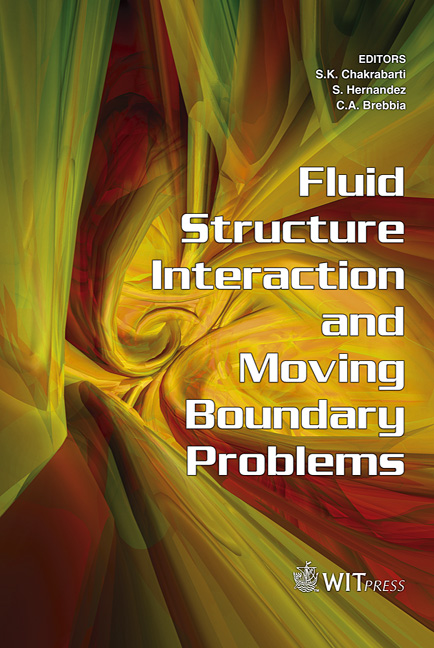A New Alternative Numerical Approach Applied To Free-moving Boundary Problems
Price
Free (open access)
Transaction
Volume
84
Pages
9
Published
2005
Size
388 kb
Paper DOI
10.2495/FSI050601
Copyright
WIT Press
Author(s)
S. G. Ahmed & S. A. Mishref
Abstract
In this paper, the heat conduction problem of a buried pipe due to a sudden change in the free surface temperature is analyzed. Three main parameters were analyzed, the depth of the buried pipe, the free surface temperature and the radius of the pipe. The shape and the movement of the freezing surface is investigated through new numerical front tracking algorithm and mesh refinement for the free surface. The boundary element method is used as a numerical tool in the analysis. Results show a good agreement with the physical behavior of the problem, especially as no analytical solution is available for such a problem. Keywords: phase change, moving boundary, freezing problem, boundary element method. 1 Introduction A moving boundary problem may be defined as a time-dependent boundary value problem, namely a parabolic partial differential equation with associated initial and boundary conditions which has to be solved in a time-dependent space domain with moving boundaries [1]. Problems for which the boundary is not known in advance and must be determined as a part of the solution are usually referred to moving boundary problems. If the differential equation is timedependent then, the free boundary may move as a function of time. Such problems are known as moving free boundary value problems [2]. The exact solutions of phase change problems are limited to a few idealized situations because the interface between the phases is moving as the latent heat is observed
Keywords
phase change, moving boundary, freezing problem, boundary element method.





